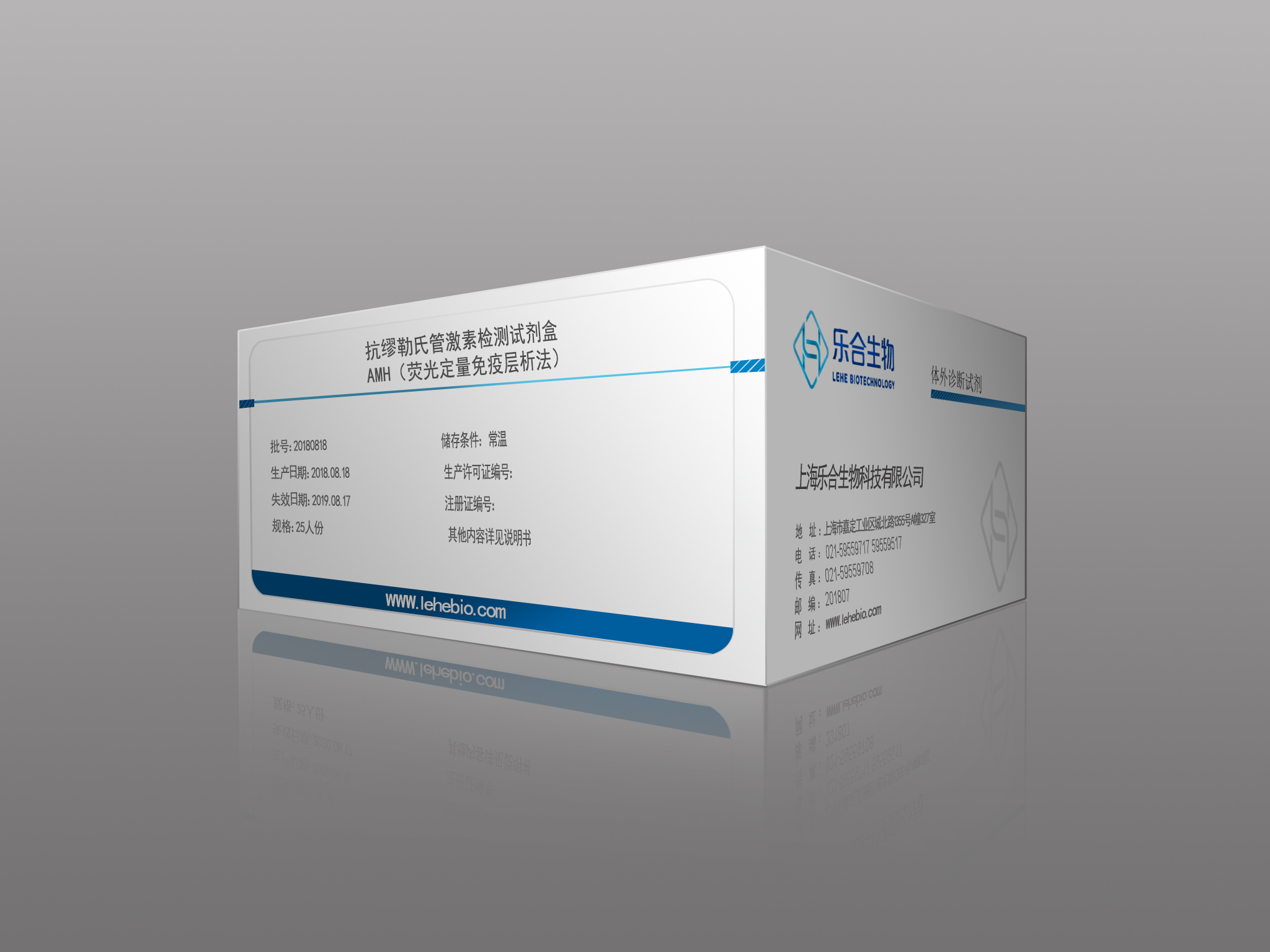|
Modern people live under pressure, in addition,
various factors of the environment, Women’s ovarian function declines earlier and earlier. In
addition, modern people generally get married late, and ovarian primordial
senility has seriously threatened women’s chances of pregnancy. Under normal circumstances,
women’s
ovarian function does not begin to decline until about 45-50 years old. If
signs of decline appear before the age of 40, it is the so-called premature
ovarian failure, which not only affects pregnancy, but also prompts women to
face aging earlier. Maintaining good living habits is very important for
ovarian conditioning. Try to maintain a normal schedule, do not stay up late,
do not smoke, stay away from various pollutants, learn to relieve stress;
regular exercise is good for your health. However, women with normal BMI
(body mass index) should not engage in vigorous exercise for more than 4
hours a week, so as not to cause female hormone disorders. If you find any
changes in your menstruation, such as oligomenorrhea, oligomenorrhea, etc.,
you should seek medical advice as soon as possible.
|
|
Mullerian Hormone (AMH) plays an important role in
the development of gonadal organs and is one of the important markers of male
and female gonadal function. In males, AMH is mainly produced by testicular
stromal cells, which starts from embryo formation and runs through life.
During the development of the male fetus, AMH causes the degeneration of the
Mullerian duct, forming a normally developed male reproductive duct. In
women, AMH is mainly produced by ovarian granulosa cells. Serum AMH maintains
a lower level than that of men. From adolescence, the serum AMH level
gradually decreases with time, and decreases to a level undetectable by ELISA
in menopause.
|
|
AMH is the only
hormone produced by granulosa cells from the primary follicle to the antral
follicle stage. It decreases with time and age, and is marked by other
ovarian reserves. There is no significant change in AMH levels during and
during the menstrual cycle, during pregnancy and the puerperium, and is not
affected by internal and external hormones, nor is it restricted by the
menstrual cycle. It is the best marker to reflect the decline in fertility.
|
1.Evaluation of ovarian reserve
2. Polycystic ovary syndrome (PCOS)
3. Predictions in assisted reproductive technology (ART)
4. Premature ovarian failure
5.Cryptorchidism
6. Precocious puberty
|
AMH
|

 Mobile
Mobile
 Weixin
Weixin
 沪公网安备 31011402008255号
沪公网安备 31011402008255号